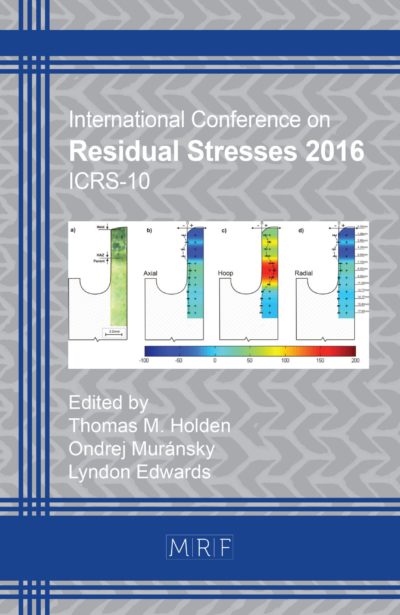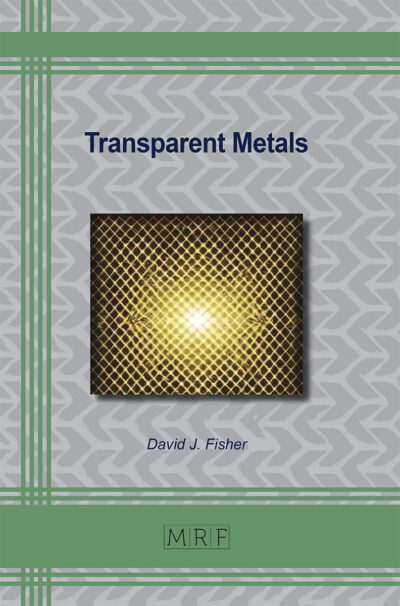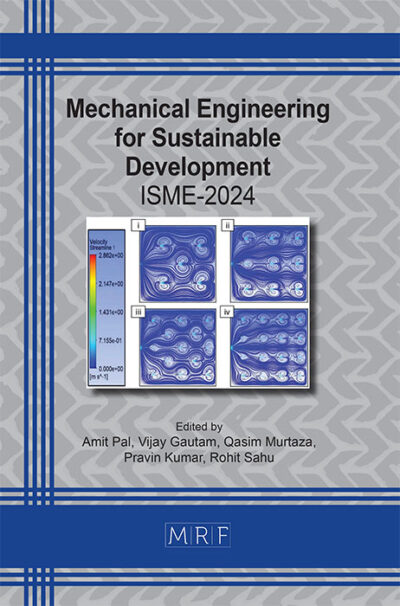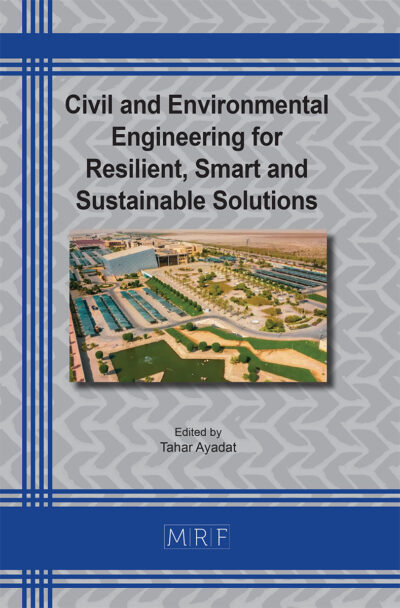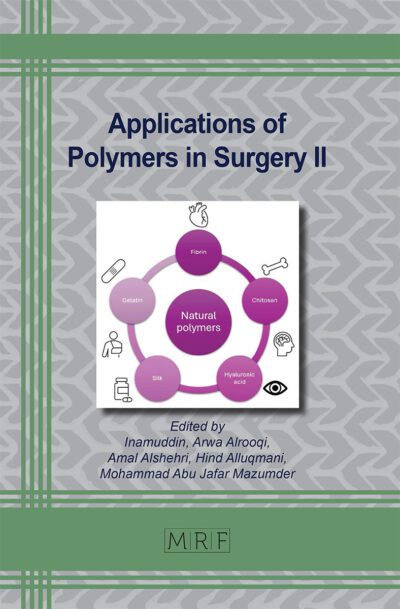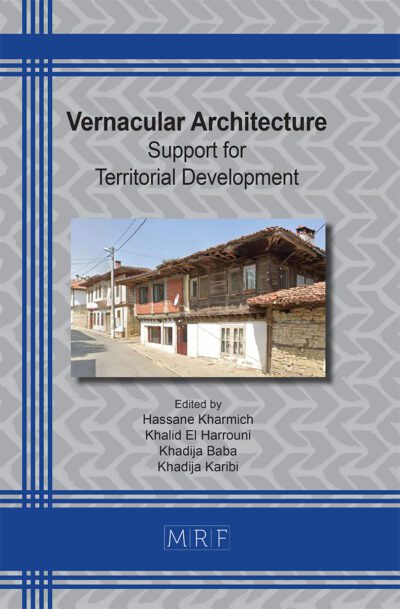A comprehensive review of intelligent transportation systems toward alleviating traffic congestion
Ansam SAWALHA, Amani SAWALHA, Mohammad Ali KHASAWNEH
Abstract. Nowadays, traffic congestion has become a critical problem in several cities around the globe. It is usually associated with the increasing urban population, increasing car ownership, and inadequate infrastructure management. Traffic congestion decreases the efficiency of transportation infrastructure and increases air pollution, fuel consumption, and travel time. Consequently, interest in intelligent transportation systems (ITS) comes from the problems caused by traffic congestion. ITS is a system that creates vehicles to function smoothly during their trip and offers comfort and safety to an individual vehicle or a network of vehicles. It can improve the efficiency, accessibility, mobility, and intermodal connections of the transportation system. The main aim of this paper is to review the existing literature comprehensively to investigate the role of intelligent transportation systems in mitigating traffic congestion. By synthesizing previous studies, the paper shows that the ITS plays an important role in decreasing traffic congestion in different ways; it assists drivers in making better travel decisions and helps local governments develop urban traffic management abilities. Furthermore, ITS enhances connectivity among all components of the traffic stream, reducing traffic congestion and consequently mitigating traffic accidents. Finally, this paper will help researchers and decision-makers better understand the importance of using intelligent transportation systems to reduce traffic congestion and consequently reduce traffic accidents.
Keywords
Intelligent Transportation System, Traffic Congestion, Transportation Infrastructure, Traffic Management
Published online 2/25/2025, 10 pages
Copyright © 2025 by the author(s)
Published under license by Materials Research Forum LLC., Millersville PA, USA
Citation: Ansam SAWALHA, Amani SAWALHA, Mohammad Ali KHASAWNEH, A comprehensive review of intelligent transportation systems toward alleviating traffic congestion, Materials Research Proceedings, Vol. 48, pp 951-960, 2025
DOI: https://doi.org/10.21741/9781644903414-103
The article was published as article 103 of the book Civil and Environmental Engineering for Resilient, Smart and Sustainable Solutions
![]() Content from this work may be used under the terms of the Creative Commons Attribution 3.0 license. Any further distribution of this work must maintain attribution to the author(s) and the title of the work, journal citation and DOI.
Content from this work may be used under the terms of the Creative Commons Attribution 3.0 license. Any further distribution of this work must maintain attribution to the author(s) and the title of the work, journal citation and DOI.
References
[1] Litman, T. (2009). Transportation cost and benefit analysis. Victoria Transport Policy Institute, 31, 1-19.
[2] Rocha Filho, G. P., Meneguette, R. I., Torres Neto, J. R., Valejo, A., Weigang, L., Ueyama, J., Pessin, G., & Villas, L. A. (2020). Enhancing intelligence in traffic management systems to aid in vehicle traffic congestion problems in smart cities. In Ad Hoc Networks (Vol. 107, p. 102265). Elsevier BV. https://doi.org/10.1016/j.adhoc.2020.102265
[3] Zadobrischi, E., Cosovanu, L.-M., & Dimian, M. (2020). Traffic Flow Density Model and Dynamic Traffic Congestion Model Simulation Based on Practice Case with Vehicle Network and System Traffic Intelligent Communication. In Symmetry (Vol. 12, Issue 7, p. 1172). MDPI AG. https://doi.org/10.3390/sym12071172
[4] Kutz, M. (2004). Handbook of transportation engineering (Vol. 768). New York: McGraw-Hill.
[5] Kim, D., & Jeong, O. (2019). Cooperative Traffic Signal Control with Traffic Flow Prediction in Multi-Intersection. In Sensors (Vol. 20, Issue 1, p. 137). MDPI AG. https://doi.org/10.3390/s20010137
[6] Pi, M., Yeon, H., Son, H., & Jang, Y. (2021). Visual Cause Analytics for Traffic Congestion. In IEEE Transactions on Visualization and Computer Graphics (Vol. 27, Issue 3, pp. 2186–2201). Institute of Electrical and Electronics Engineers (IEEE). https://doi.org/10.1109/tvcg.2019.2940580
[7] Kosala, R., & Adi, E. (2012). Harvesting real time traffic information from twitter. Procedia Engineering, In Procedia Engineering (Vol. 50, pp. 1–966). Elsevier BV. https://doi.org/10.1016/s1877-7058(14)00002-2
[8] Quessada, M. S., Pereira, R. S., Revejes, W., Sartori, B., Gottsfritz, E. N., Lieira, D. D., da Silva, M. A., Rocha Filho, G. P., & Meneguette, R. I. (2020). ITSMEI: An intelligent transport system for monitoring traffic and event information. In International Journal of Distributed Sensor Networks (Vol. 16, Issue 10, p. 155014772096375). SAGE Publications. https://doi.org/10.1177/1550147720963751
[9] Brennand, C. A. R. L., Filho, G. P. R., Maia, G., Cunha, F., Guidoni, D. L., & Villas, L. A. (2019). Towards a Fog-Enabled Intelligent Transportation System to Reduce Traffic Jam. In Sensors (Vol. 19, Issue 18, p. 3916). MDPI AG. https://doi.org/10.3390/s19183916
[10] Hao, Z., Boel, R., & Li, Z. (2018). Model based urban traffic control, part II: Coordinated model predictive controllers. In Transportation Research Part C: Emerging Technologies (Vol. 97, pp. 23–44). Elsevier BV. https://doi.org/10.1016/j.trc.2018.09.025
[11] Ye, B.-L., Wu, W., Ruan, K., Li, L., Chen, T., Gao, H., & Chen, Y. (2019). A survey of model predictive control methods for traffic signal control. In IEEE/CAA Journal of Automatica Sinica (Vol. 6, Issue 3, pp. 623–640). Institute of Electrical and Electronics Engineers (IEEE). https://doi.org/10.1109/jas.2019.1911471
[12] An, S., Lee, B.-H., & Shin, D.-R. (2011). A Survey of Intelligent Transportation Systems. In 2011 Third International Conference on Computational Intelligence, Communication Systems and Networks. 2011 3rd International Conference on Computational Intelligence, Communication Systems and Networks (CICSyN 2011). IEEE. https://doi.org/10.1109/cicsyn.2011.76
[13] Chen, C., Liu, B., Wan, S., Qiao, P., & Pei, Q. (2021). An Edge Traffic Flow Detection Scheme Based on Deep Learning in an Intelligent Transportation System. In IEEE Transactions on Intelligent Transportation Systems (Vol. 22, Issue 3, pp. 1840–1852). Institute of Electrical and Electronics Engineers (IEEE). https://doi.org/10.1109/tits.2020.3025687
[14] Ahmed, M., Masood, S., Ahmad, M., & A. Abd El-Latif, A. (2022). Intelligent Driver Drowsiness Detection for Traffic Safety Based on Multi CNN Deep Model and Facial Subsampling. In IEEE Transactions on Intelligent Transportation Systems (Vol. 23, Issue 10, pp. 19743–19752). Institute of Electrical and Electronics Engineers (IEEE). https://doi.org/10.1109/tits.2021.3134222
[15] Federal highway administration. (2018, July). Retrieved from:
https://www.fhwa.dot.gov/policy/2013
[16] Traffic Causes. (2007, September). Retrieved from: http://auto.howstuffworks.com/cardriving-safety/accidents-hazardous-conditions/traffic1.htm.
[17] Federal Highway Administration. (2015, December). Retrieved from:
http://ops.fhwa.dot.gov/trafficanalysistools/tat_vol4/sec5.htm
[18] Atomode, T. (2013). Assessment of Traffic Delay Problems and Characteristics at Urban Road Intersections: A Case Study of Ilorin, Nigeria. In IOSR Journal Of Humanities And Social Science (Vol. 12, Issue 4, pp. 06–16). IOSR Journals. https://doi.org/10.9790/0837-1240616
[19] Doçi, I., & Bajraktari, M. (2011). Studying The Effects Of Right Turn In Congested Urban Intersections Using Traffic Simulations. International Research/Expert Conference-TMT.
[20] Kiunsi, R. B. (2013). A Review of Traffic Congestion in Dar es Salaam City from the Physical Planning Perspective. In Journal of Sustainable Development (Vol. 6, Issue 2). Canadian Center of Science and Education. https://doi.org/10.5539/jsd.v6n2p94
[21] Elisonguo, A. D. (2013). The social-economic impact of road traffic congestion in Dar es Salaam region. Retrieved June, 12, 2016.
[22] Roth, G. J. (1965). An Economic Approach to Traffic Congestion. In Town Planning Review (Vol. 36, Issue 1, p. 49). Liverpool University Press. https://doi.org/10.3828/tpr.36.1.p5tq241502p42111
[23] Robinson, R. (1984). Problems in the urban environment: traffic congestion and its effects.
[24] Levy, J. I., Buonocore, J. J., & von Stackelberg, K. (2010). Evaluation of the public health impacts of traffic congestion: a health risk assessment. In Environmental Health (Vol. 9, Issue 1). Springer Science and Business Media LLC. https://doi.org/10.1186/1476-069x-9-65
[25] Currie, J., & Walker, R. (2011). Traffic Congestion and Infant Health: Evidence from E-ZPass. In American Economic Journal: Applied Economics (Vol. 3, Issue 1, pp. 65–90). American Economic Association. https://doi.org/10.1257/app.3.1.65
[26] Fayaz D. (2018). Intelligent Transport System-A Review.
[27] Li, H., Chen, Y., Li, K., Wang, C., & Chen, B. (2023). Transportation Internet: A Sustainable Solution for Intelligent Transportation Systems. In IEEE Transactions on Intelligent Transportation Systems (Vol. 24, Issue 12, pp. 15818–15829). Institute of Electrical and Electronics Engineers (IEEE). https://doi.org/10.1109/tits.2023.3270749
[28] Nassreddine, G., El Arid, A., & Nassereddine, M. (2024). Internet of Things in Intelligent Transportation Systems. In Internet of Things (pp. 291–314). Springer Nature Switzerland. https://doi.org/10.1007/978-3-031-58388-9_10
[29] Qi, L. (2008). Research on Intelligent Transportation System Technologies and Applications. In 2008 Workshop on Power Electronics and Intelligent Transportation System. 2008 Workshop on Power Electronics and Intelligent Transportation System (PEITS). IEEE. https://doi.org/10.1109/peits.2008.124
[30] Zakria, Deng, J., Hao, Y., Khokhar, M. S., Kumar, R., Cai, J., Kumar, J., & Aftab, M. U. (2021). Trends in Vehicle Re-Identification Past, Present, and Future: A Comprehensive Review. In Mathematics (Vol. 9, Issue 24, p. 3162). MDPI AG. https://doi.org/10.3390/math9243162
[31] Babu, A. M., Akhil, B., & Pochampally, N. K. (2023). Smart cities and intelligent transport systems. Int. J. Appl. Struct. Mech, 22-25.
[32] World Bank. (2011). Toolkit on Intelligent Transport Systems for Urban Transport. https://www.ssatp.org/sites/ssatp/files/publications/Toolkits/ITS%20Toolkit%20content/case-studies/default.htm.
[33] Small, K. A., Verhoef, E. T., & Lindsey, R. (2007). The Economics of Urban Transportation. Routledge. https://doi.org/10.4324/9780203642306
[34] Duranton, G., & Turner, M. A. (2011). The Fundamental Law of Road Congestion: Evidence from US Cities. In American Economic Review (Vol. 101, Issue 6, pp. 2616–2652). American Economic Association. https://doi.org/10.1257/aer.101.6.2616
[35] Papageorgiou, M., Kiakaki, C., Dinopoulou, V., Kotsialos, A., & Yibing Wang. (2003). Review of road traffic control strategies. In Proceedings of the IEEE (Vol. 91, Issue 12, pp. 2043–2067). Institute of Electrical and Electronics Engineers (IEEE). https://doi.org/10.1109/jproc.2003.819610
[36] Bharadwaj, S., Bharadwaj, A., & Bendoly, E. (2007). The Performance Effects of Complementarities Between Information Systems, Marketing, Manufacturing, and Supply Chain Processes. In Information Systems Research (Vol. 18, Issue 4, pp. 437–453). Institute for Operations Research and the Management Sciences (INFORMS). https://doi.org/10.1287/isre.1070.0148


